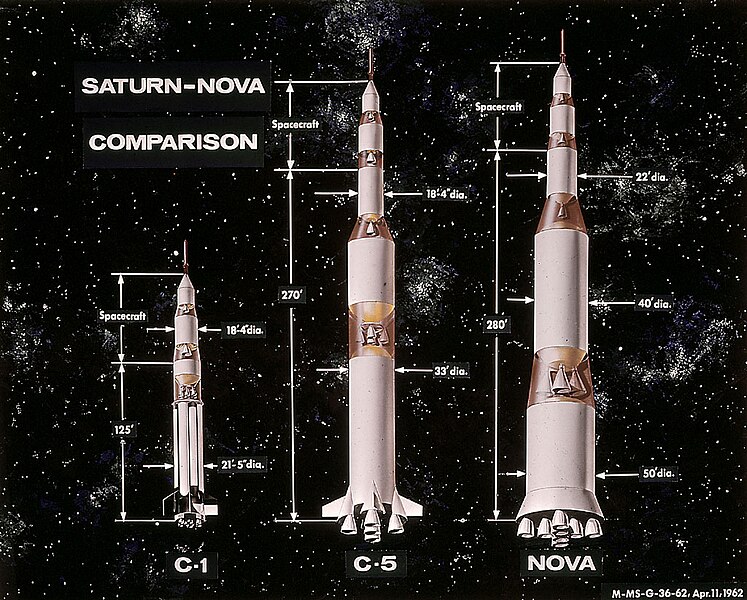R
RVHM
Guest
BEO exploration.vulture4":yax7efd0 said:What exactly is the mission that we need heavy lift for?
If done correctly, a SDHLV can be flown at a lower cost than the current Space Shuttle Program. Saying a HLV must necessarily cost as much as Apollo is a strawman argument.vulture4":yax7efd0 said:We certainly don't have the money for another Apollo, unless you want to campaign for higher taxes, which no one will accept. To borrow from China for a joyride to the Moon is absurd.
Yeah, right. I guess hardware refurbishment and a standing army of maintenance workers are for free as well, aren't they?vulture4":yax7efd0 said:If we want human spaceflight, RLVs are more important since fuel costs almost nothing.
How many Delta IV's would you want to cluster for that? You'd need 11 Common Core Boosters just to come close to the Saturn V in terms of liftoff thrust. On the other hand, it's useless to have a very powerful first stage if your second stage can't bring the payload to orbit. What would you do then, stack 11 Delta IV second stages on trop of the 11 CCBs?vulture4":yax7efd0 said:However if we ever need an HLV, clustering the existing Delta IV and/or just upgrading it with crossfeed and aluminum-lithium tanks would accomplish it at lower cost.
The bottom line is that you can't build a 120 ton-class vehicle by clustering existing EELVs.



